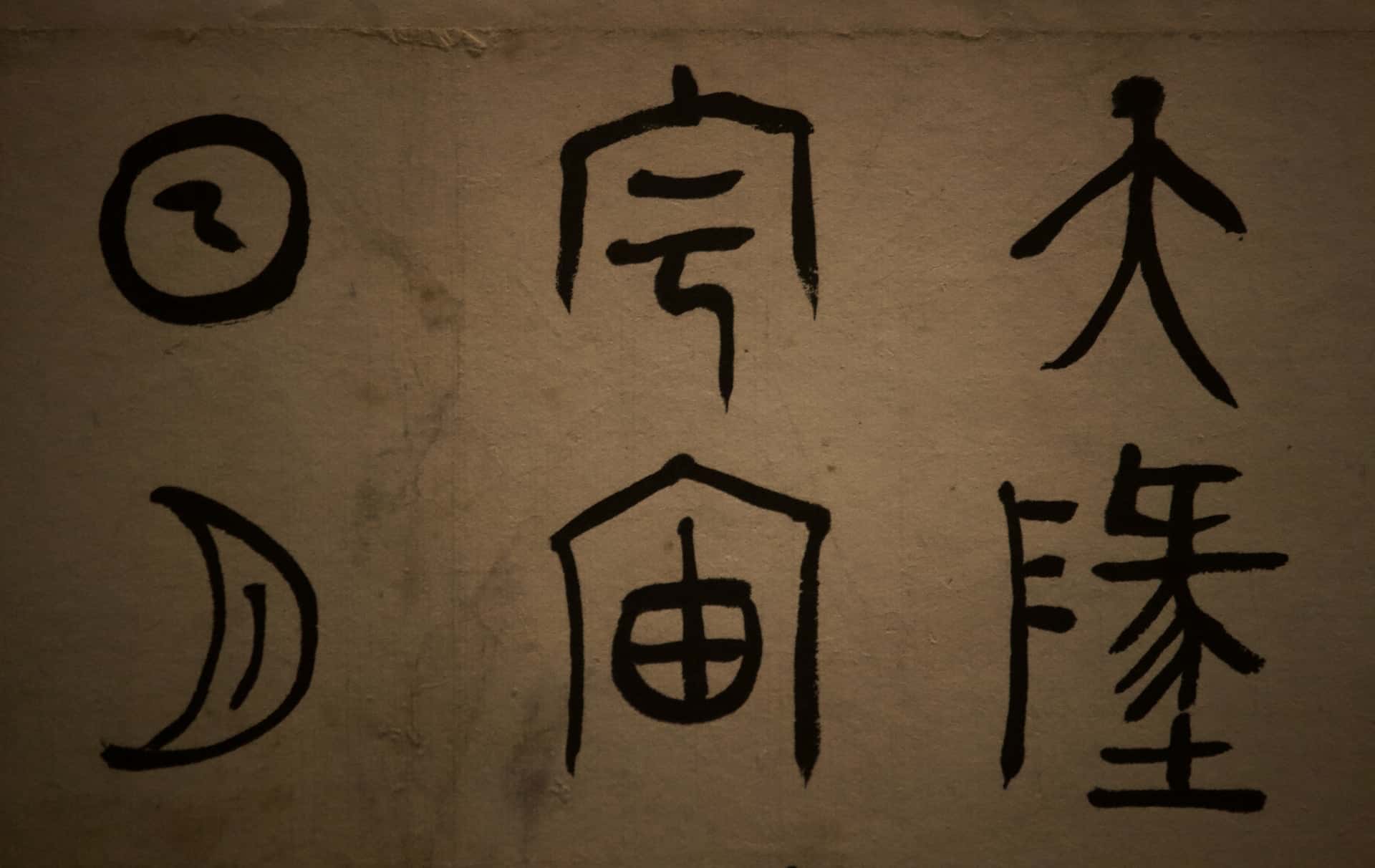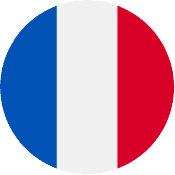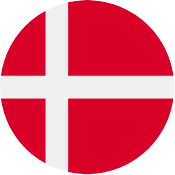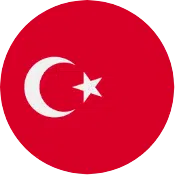
Japanese Alphabet – A to Z
Welcome to the enchanting world of the Japanese alphabet! In this chapter, we’ll embark on a journey to unravel the mysteries of Japanese writing. At first glance, it might seem like a complex puzzle, but fear not – we’ll guide you through it step by step.
Japanese Alphabet – Introduction
The Japanese writing system is like no other, and its significance extends far beyond words on a page. Japanese characters are a blend of symbols, sounds, and meanings.
Japanese consists of three distinct writing systems: Hiragana, Katakana, and Kanji. These systems coexist, each serving its unique purpose. To give you a taste of the intricate beauty of Japanese, let’s start with the basics: Hiragana.
Hiragana is a syllabary, meaning each character represents a distinct sound. For instance, “あ” (pronounced as “a”) and “か” (pronounced as “ka”) are two different Hiragana characters, each denoting a specific sound. These symbols combine to form words, sentences, and stories, much like the letters in the English alphabet.
So, if you’re ready to embark on this linguistic adventure and discover the essence of the Japanese alphabet, let’s dive in together!
The Three Japanese Writing Systems
The Hiragana, Katakana, and Kanji systems work together like puzzle pieces. Together, they create the rich tapestry of Japanese communication.
Hiragana and Katakana
Hiragana and Katakana are the foundational pillars of the Japanese writing systems. They are both syllabaries, which means each character represents a distinct sound. Hiragana, often seen as curvy and flowing, is mainly used for native Japanese words and grammatical elements. Take, for example, “さようなら” (sayonara), which means “goodbye.” Each character, “さ” (sa), “よ” (yo), and “う” (u), represents a sound, and together, they create the word.
Katakana is more angular and is primarily employed for foreign loanwords, names, and onomatopoeia. For instance, the word “コーヒー” (kōhī) meaning “coffee” is written in Katakana.
Kanji
Kanji is the third element of the Japanese writing system and adds depth and nuance to the language. Unlike Hiragana and Katakana, Kanji characters are logograms, each representing a word or concept. These characters can be intricate, with strokes and components that give clues about their meanings.
For example, the Kanji “木” (ki) represents a tree because it reminds us of the branches and trunk of a tree. “火” (hi) signifies fire because its shape mimics flames. Kanji characters are like tiny pieces of art, and learning them opens doors to a vast range of words and expressions.
Sign up for our offers
Exclusive discounts on your course with Cactus directly on your inbox!
Kana, Romaji, and Starting Your Japanese Alphabet Journey
Understanding Kana – What is Kana?
Kana refers to Hiragana and Katakana which are the heartbeats of the Japanese writing systems. They are like the building blocks of the Japanese language, helping you express thoughts, emotions, and stories.
Imagine you want to express “love” in Japanese. You’d use the Hiragana character “あい” (ai). These characters may seem simple, but they are brimming with the essence of the word itself. If you wanted to talk about “sushi,” you’d use the Katakana character “すし” (sushi).
The Role of Romaji – What is Romanji?
Romaji, the Romanization of Japanese characters, plays a vital role in language learning. It helps bridge the gap between Japanese script and the Roman alphabet, making it accessible to learners worldwide. Romaji is like training wheels on a bicycle; it eases you into reading and pronunciation.
For example, the word “こんにちは” (konnichiwa) in Hiragana becomes “Hello” in Romaji. It’s your steppingstone into Japanese. Yet, remember that Romaji is a tool for beginners; as you progress, you’ll want to shift towards reading and writing in Hiragana and Katakana. Eventually, Kanji as well.
Where to Begin with the Japanese Alphabet
Starting your Japanese alphabet journey can feel like embarking on an adventure. But don’t worry! Start with Hiragana and Katakana, the fundamental scripts. They form the basis of Japanese writing. Invest time in mastering them, and you’ll lay a solid foundation for your future exploration of Kanji characters.
Remember, every journey begins with a single step, and your path to mastering the Japanese alphabet starts right here!
Next Steps to Learn Japanese
Starting your Japanese language learning journey can be daunting. Where to start? Will I be able to understand the natives? But starting with the basics such as Japanese Alphabet is a great way for you to start. The best next step is joining a Japanese course to get you moving. The help of other students and Japanese tutors will make it much easier.
Why not start learning Japanese with our Japanese lessons? Or one of our Japanese courses in Japan? Cactus offer a range of Japanese classes from beginners to advanced. With weekly lessons, you can choose the best option for you. Start your free trial!

 French
French German
German Italian
Italian Spanish
Spanish Arabic
Arabic Cantonese
Cantonese Czech
Czech Croatian
Croatian Danish
Danish Dutch
Dutch English
English Greek
Greek Hebrew
Hebrew Hindi
Hindi Japanese
Japanese Korean
Korean Norwegian
Norwegian Polish
Polish Portuguese
Portuguese Russian
Russian Swedish
Swedish Thai
Thai Turkish
Turkish Ukrainian
Ukrainian